CHORD HUGO 2 and 2go REVIEW
Chris Baillie, a veteran user of Chord Electronic’s Poly/Mojo combination, takes a look at the mobile combos bigger siblings in the form of the Chord Hugo 2 and 2go costing a total of £2794.

Sleek and transportable, the Hugo2 certainly looks the part
FROM MOJO TO HUGO 2
Following on from my review of Mojo Poly last month, those lovely people at Chord have sent me their big brother components, Hugo 2 and2go. I gave the background of the original Hugo in the last article, so please feel free to browse it. Hugo 2 has been around for approaching 4 years now, following Chord’s astounding success with the original product. Hugo 2 brought almost double the tap length of Hugo, sleeker design, ability to play the highest resolution DSD and PCM files, plus a host of filter and headphone output tuning options. The headphone output was also upgraded, so it’s now able to drive all but the most power-hungry cans. For convenience and casual use, Bluetooth aptX is included.
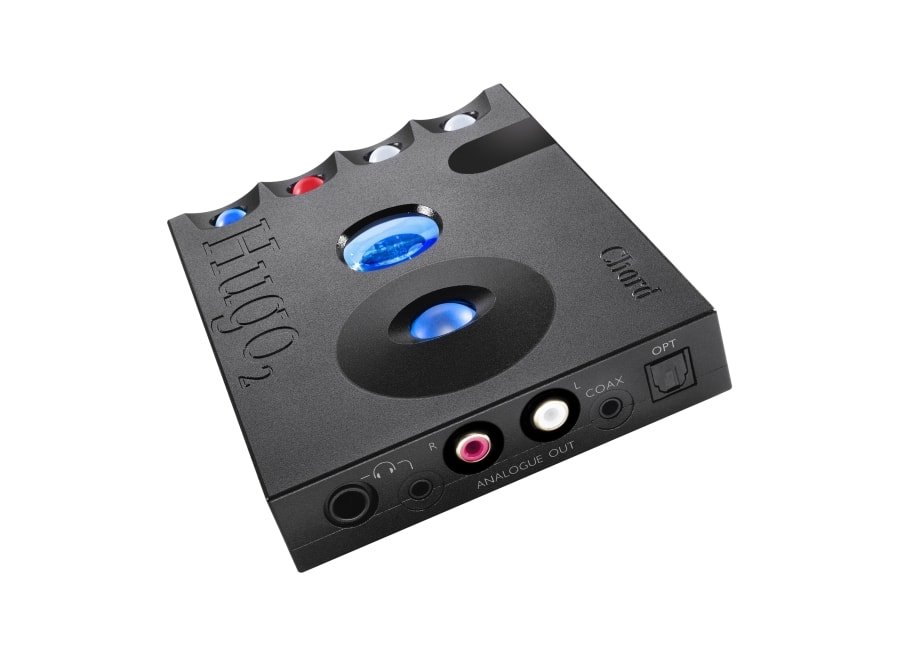
Another look at the rather beautiful Hugo 2
FORM POLY TO 2GO
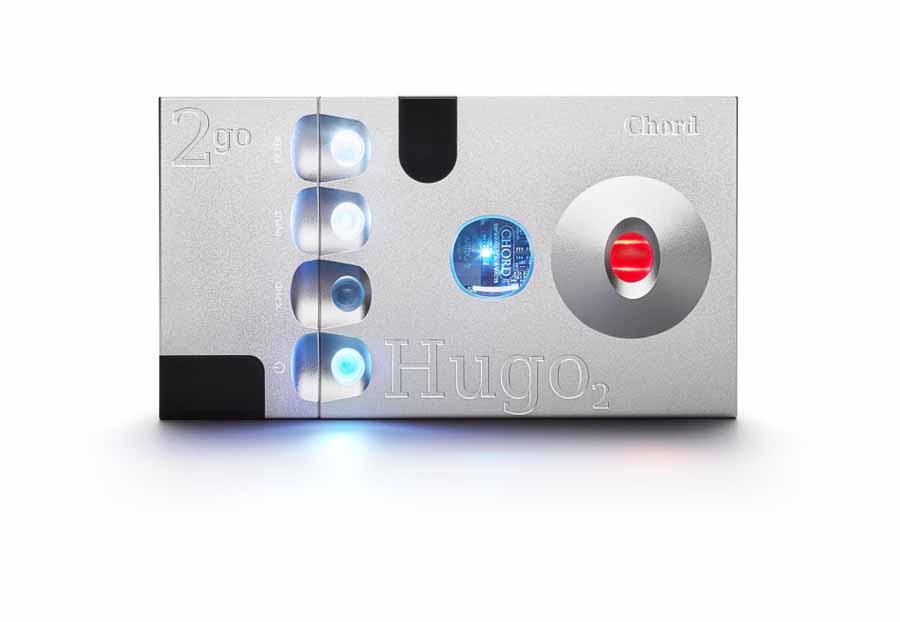
Available in silver as well as black, the 2go unit slots straight into the body of the Hugo2
Simple, twice the price, twice the SD card slots! Thankfully there’s a bit more to it than that. In addition to Poly’s WIFI, you get the all-important Ethernet connection. Essential, not just for the best Qobuz or Tidal experience, but as we’ll read later, it allows you to stream local files from a NAS or an audiophile server in the best quality. Amazingly, 2go takes up to 1T Micro SD cards, and so effectively you can have a 2 terabyte server on your bedside table, or even on your sun lounger… or yacht! Just as with Poly, you initially configure the system with Chord’s own App – Go Figure. I noted that whilst the first set up had to be done over Bluetooth, the future connection between the app and 2go can be made over Wifi, which I don’t remember being the case with Poly. The playback of files is exactly the same as with Poly. I used Bubble UPnP for networked music and M.A.L.P. for SD card playback from my Samsung Galaxy S21, from iPad I used mconnect, and this app was only used when 2go was connected to my main system.
BUILD QUALITY AND DESIGN
This was the first major shock involving Hugo2/2go in our house. I will go on record as saying my wife hates the look of every piece of HiFi I’ve ever owned! However, she LOVED the look and design of this Chord pairing. So here’s a quote from Rosa, my beloved: “Aesthetically it’s the best looking piece of HiFi I’ve ever seen, why can’t you get speakers designed by these people? I love the proportions of the unit, especially the design of buttons and the colours!”. I’ll add it’s extremely solid, and the leather case really finishes off the package brilliantly. It really is an object of desire, which I’m sure can’t be any accident on the part of Chord’s designers. However, in view of the combinations size and weight, it has to be described as ‘transportable’, rather than a true portable. Of course, we’d have less need for Poly/Mojo if this fitted in your coat pocket as well!
IN USE AND SETUP
Being a veteran Poly/Mojo user, it was a bit of a breeze to be honest, bar one small issue. Each time I set up a new Wifi Connection, either with a home network or my phone’s hotspot, I found Go Figure needed me to exit and reconnect before it would show me the IP address, which I’d need in order to configure M.A.L.P. on my phone. Not a big issue, and wasted precisely 20 seconds each time, but worth remembering if you’re reading this as a first time user. A further mild annoyance which is perhaps unavoidable is with the two SD cards in 2go – each time you switch on the combo, it defaults to reading the left side slot. So if you regularly want to play from a card in the right-hand slot, you have to open Go Figure and reselect it each time you start up the player. I guess the only way around this would be for Chord to develop Go Figure to include full MPD control. To be honest this shouldn’t be beyond the ability of their software team and if you’re reading this Mr Franks, I urge you to consider it! The batteries here have far more juice and I haven’t noticed 2go running down between listening sessions in the same way that Poly does.
Having unboxed the two units I put them on charge, configured 2go with my network and went on a bike ride for a couple of hours whilst it cooked. Although the pairing seemed to be brand new units, upon my return I fired up the system via my Hifiman Sundara ‘phones and was pretty darn impressed from the moment the music began. I can’t put into print what I wrote to Stuart the Ed’ via Messenger, but you get the gist!
As well as the Sundara’s, I listened with Cardas A8 Anniversary and Obravo Cupid IEM’s.
My main system is as follows: Simaudio Moon 280D Streaming DAC, Moon 600i amp into Totem Forest Signatures. Melco NA1/2 digital transport, Silent Angel Bonn 8 Network Switch, Supra Cat 8 cable to Melco, Audioquest Vodka Ethernet from Melco to Network DAC. Tellurium Q Ultrablack 2 XLR analogue interconnect (between 280D & amp) and matching speaker cable. Unfortunately, all of my preferred phono interconnects had WBT plugs, which proved too big to fit into Hugo2’s phono outputs. Therefore I made do with some elderly, but high quality, Russ Andrews/Kimber interconnects between Hugo2 and the Moon amp.
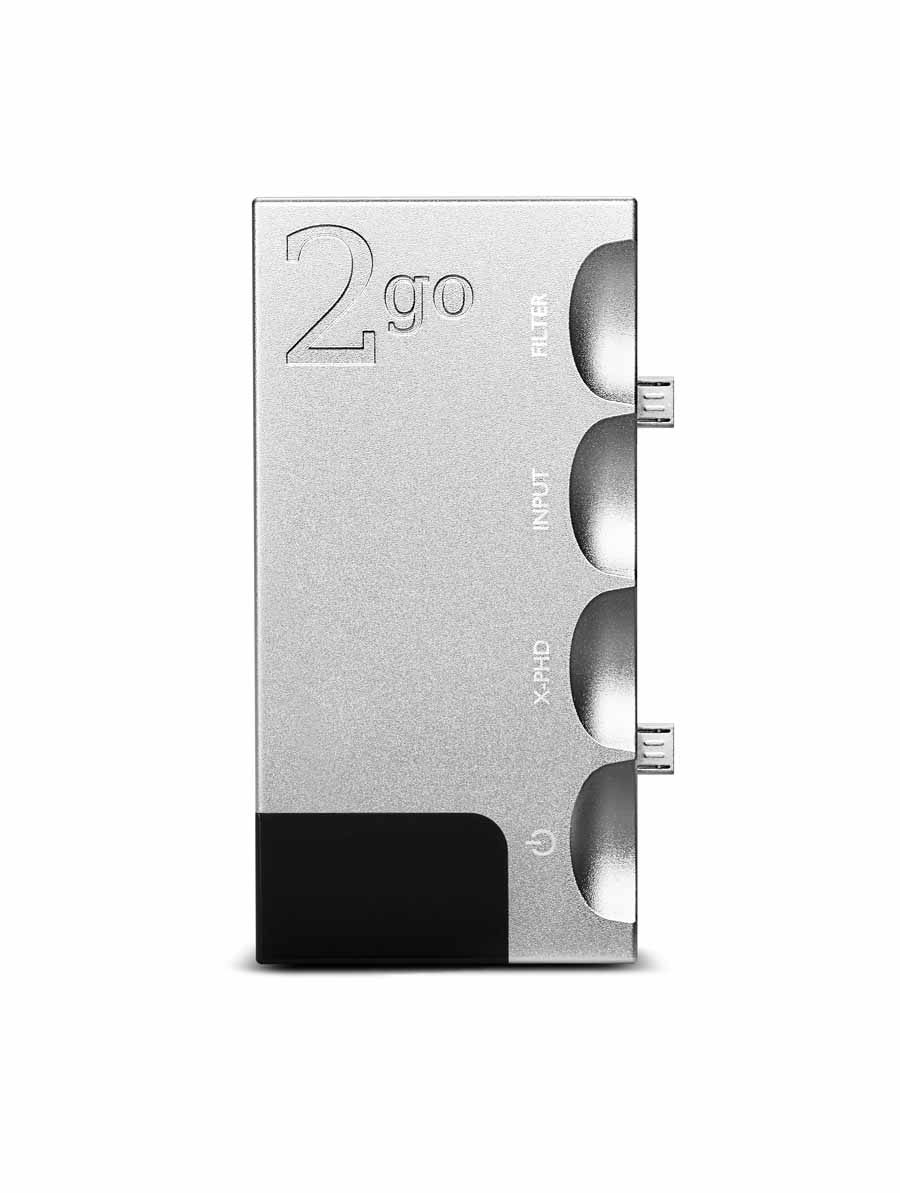
2go from above
THE ALL IMPORTANT SOUND QUALITY BIT
I’ve made no bones about being a long term user of Poly/Mojo, so that needed to be the first comparison. Compared to the smaller combo and regardless of the ‘phones I used, there was a far greater sense of power and scale to the sound. Far more open and detailed sounding, with more extension at both of the frequency extremes. The soundstage expanded further beyond the width of my head and it was much easier to follow placements of instruments within the soundstage. The experience was like a musical performance occurring around my head, as opposed to just a nice sound. Obviously to my mind, the amp section can take as much credit for this as the DAC. With the Sundara’s connected to Mojo, there’s always a sense that you’ve only just got enough power, something that really isn’t a concern here.
Now would be a good time to start talking about the output filters and settings on Hugo 2. Filter 01 is, in Chord’s words ‘incisive neutral’. 02 is as previous but with some HF roll-off – intended to be ideal with DSD. 03 is ‘warm’, and 04 ‘warm’ with HF roll-off. I gather 04 is for poor recordings. I found 03 and 04 brought too much colouration for me. I flitted between 01 and 02, depending on the phones used and recordings. Mojo purposely errs on the slightly warm side, due to the intended market and the phones that may often be used with it, especially whilst on the go. With Hugo2 the balance can be on the cool side, but for me not enough to get in the way of me enjoying the music. With the Sundara’s, which are on the forgiving side, I tended to use setting 02 with some DSD recordings, but 01 with others. I’d use 02 with FLAC files with a lot of treble energy, just to take the edge off. The Cardas A8’s use a single, full-range driver. These phones can sound a bit on the dark side with some music, so setting 01 was ideal with everything I played through them. There also got a button labelled X-PHD. This gives a more centralised image to vocals and lower frequencies, to give a more ‘speaker like’ listening experience. To be honest, it wasn’t for me and so after trying it, I left it defeated.

“go’s two Micro SD slots offer huge storage capacity
I was lucky enough to acquire the entire Dead Can Dance catalogue on SACD at the end of last year. Devilish magic and sorcery enabled me to rip them as DSD files, so I copied to Micro SD and loaded the entire catalogue into 2go’s slot 2, on a 32gb card. Their early/mid-period albums were recorded in a church, with some albums featuring all acoustic instruments. I was able to fully enjoy the natural recorded acoustic and with a sense of 3D that Mojo could only hint at. One of the things my main system does so well, especially since the arrival of the Totem Forest Signature speakers, is to give a sense of the human element of the music. With the right recordings, you really get the sense that something is being played, rather than simply being a facsimile. This is where I felt the bigger Chord combo scored over the smaller one. Although music via Mojo is very enjoyable, that’s where I felt it was lacking compared to my main system. Hugo 2 brought much of this element, which I enjoy so much in my main system, to my headphone experience.
Having spent a good few hours listening with headphones, it was time to hook the combo up to the main system. Initially I played music directly from 2go’s SD card. It was plain to hear that this pairing was far more at home in a high-end system than the Poly/Mojo combination. It put up a good performance against my reference Moon 280D, indeed giving a slightly more detailed presentation. The timing of both my Moon and the Hugo 2 / @go was exemplary. Putting aside the Chord’s more forward presentation and soundstage perspective, soundstage depth and width were about equal. I will say, compared to the Moon, the Chord’s lacked some sense of tonal colour and I felt the Moon put more meat on the bones of the music. The Moon at this point sounded more natural and relaxed.
I then hooked up the Ethernet cable from my Melco NA1/2 , to 2go’s Ethernet input. The NA1/2 is fairly low in the Melco range and has a less sophisticated PSU than their higher-end models. I was fully expecting 2go to outperform it, being that 2go is battery powered and specifically designed around Hugo2. Surprisingly playing music from the Melco via my AQ Vodka cable, lifted the sound quality much closer to that of the Moon 280D! I can’t explain why and indeed I messaged a dealer, who was previously involved with a manufacturer of very high-end digital sources, and he couldn’t understand it either! However track after track, I got a more airy and natural sound from the Melco, connected via Ethernet to 2go, than from the same sourced files played from 2go’s SD card slot – go figure if you’ll pardon the pun!!! I thought I’d now try the Melco connected directly to Hugo2 via USB. I didn’t have a high-end USB cable in the necessary A to micro size so had to use Chord’s supplied one. Connected this way the sound was comparatively shut-in and lifeless, compared to that of both SD or Ethernet via 2go. I can’t answer why this was the case but it was obvious to the ear the Melco via Ethernet was giving me the best results of the three configurations.
The final thing I decided to test was performance over Wifi vs Ethernet. I tried the latter both direct from the router, which is placed next to the PC in my office, and connected to the Network Switch in the living room which feeds the main system. Streaming the latest Nitin Sawhney album, ‘Immigrants’ from Qobuz, there was a definite increase in detail, separation and soundstage definition, along with a clearer sense of timing, when connected this way. Moving over to the Network Switch, the vocals, in particular, seemed more detailed, and the music was delivered with a greater sense of focus. These differences weren’t huge, but definitely worth pulling out a half-decent Ethernet Cable, if you’re near your router, or better still your switch. If you’re playing from an SD card, via an MPD App then this shouldn’t be necessary of course. Putting things into perspective though, having done the comparison I continued to listen to the album upstairs over Wifi and quickly adjusted to the slight loss of fidelity, so it’s certainly not essential to use Ethernet if not convenient.
It is worth noting that, unlike Mojo, Hugo2’s battery stops charging after being powered up for 24 hours, so doesn’t run as hot as Mojo when left connected to mains.
CONCLUSION
Clearly, this is a quality piece of kit and a whole level above the Poly/Mojo combination, which of course you’d expect at around three times the cost. Is it three times as good? I’d say definitely in certain situations, but there’s going to be times I’d reach for the smaller setup, especially when using IEM’s on the move. I’m not sure, if I owned both, I’d want to take the bigger, more expensive player away on a beach holiday, despite knowing there’d be times I’d miss what it could do. I’d say there are two potential groups of people who’d buy Hugo 2 /2go. Firstly the person who wants what must be a contender for the best transportable device on the market, to use around the house, office, train, hotel room etc. Secondly, the person who wants a great streaming DAC for a decent, although not an absolute high-end system, that they can pack into that lovely leather case and accompany them on their travels.
Would I buy it as a permanent solution for my main system? To be honest, my existing DAC is more satisfying to listen to and costs similar money, so I’d say no for my system, but that’s not to say the results between the two sources might be insignificant in another system, or even reversed.
However, what I will say, after carrying out this review, is that I am impressed sufficiently with the level of quality on the move, I’m exploring where I can find the funds to buy the Hugo 2 / 2go combination!
AT A GLANCE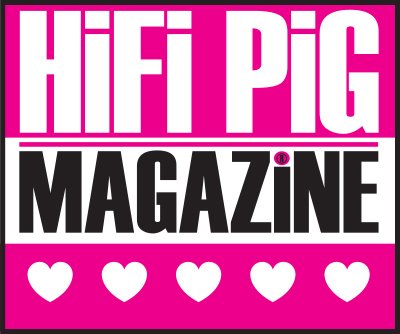
Build Quality:
Absolutely first class build and truly brilliant design features. Certainly feels built to last and I don’t think the looks will date for years.
Sound Quality:
Surely unrivalled as a transportable device, which can double up on duties in your main system. Ultimately it’s a little lean sounding compared to my similarly priced Streaming DAC, but that lacks a headphone output, battery and can’t sit on my bedside table! Perhaps there’s a slightly forward balance that means you’d want to be careful with system matching. Overall it gives a very musical and insightful experience.
Value For Money:
At this end of the market it’s all relative and I know of no competitor that allows you to split the unit in half and use the DAC with the output of a phone or laptop. You could even buy Hugo 2 first and use initially as mentioned, then add 2go as funds allow. I’d have to say it’s worth the asking price.
We Loved:
Stunning design
Solid Build Quality
Flexible connection options
Storage capacity
Lively and detailed performance
Big Soundstage with accurate instrumental placement
Strong, deep, detailed bass
Great sense of timing
Powerful headphone output
We Didn’t Love So Much:
Some may find it operationally quirky
I think it’s about time Chord added an MPD player to Go Figure, specifically to make it easier to swap between which SD card you’re using without having to frequently swap via goFigure
Can sound a little forward and lean with certain recordings, so the user needs an understanding of the various filters and must take a little care with system/headphone matching
Perhaps won’t suit those who like a warm and cuddly sonic balance
Not everyone can afford it!
Elevator Pitch Review: The addition of 2go has turned what was already arguably the best transportable DAC, into what must surely be the best transportable Streaming DAC! Awesome design and build quality. Insightful, detailed yet powerful sound with a big and accurate soundstage.
I don’t want to give it back!
Prices: Hugo £1799, 2go £995, Leather case £99.95

Chris Baillie














































































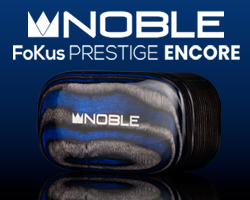








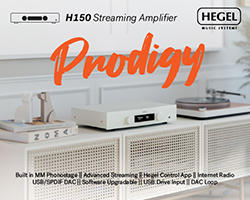































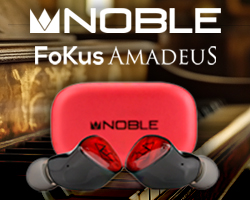

















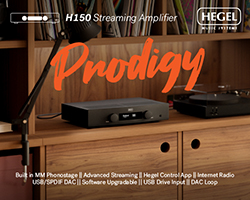















































































You must be logged in to leave a reply.